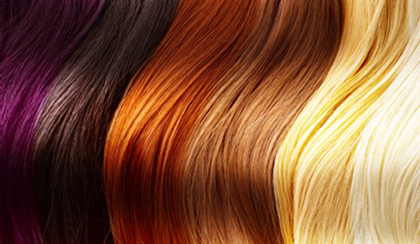8 Solutions To The Most Common Haircolor Issues
No matter how you slice, weave, foil or paint it, the technical side of haircoloring baffles the industry's most brilliant at times. When those moments strike, it helps to know that others have been hit by those same, “What went wrong?” situations. Here are eight solutions to the most common haircoloring dilemmas: 1. How do I lift dark hair without getting brassy results? Add low-volume peroxide (10- to 20-volume) to your formulas. Choose a color that is two or three shades lighter than the desired level and has an ash or natural ash base. Consider adding a small...





 or
or






